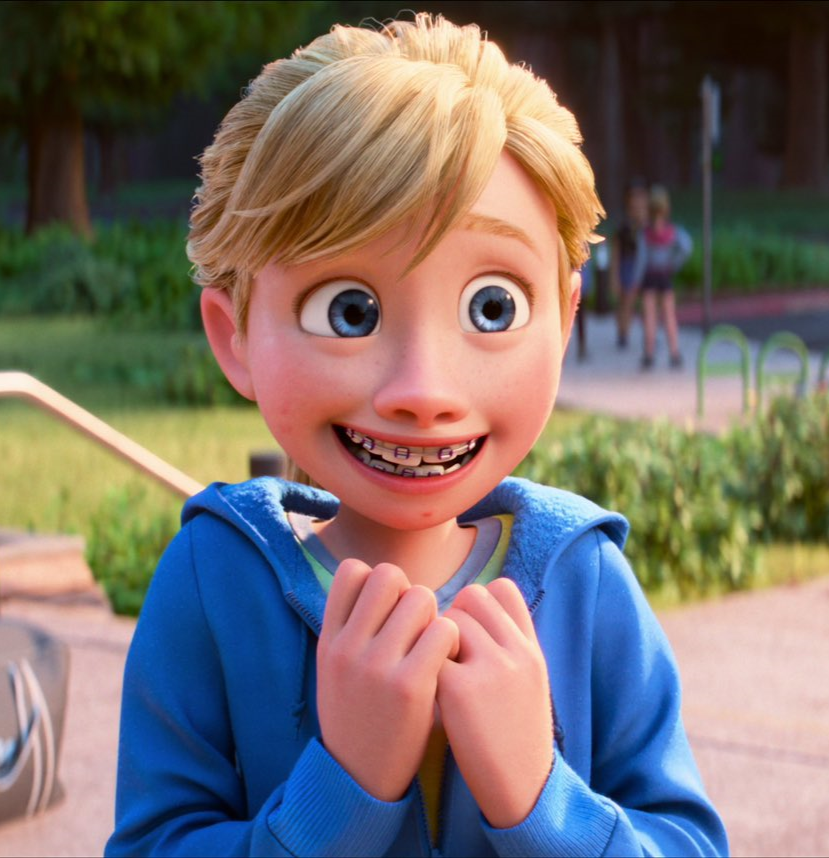The mind and emotions of an eleven year old girl are the setting for Pixar’s latest hit, “Inside Out.” And how the collective minds at our favorite animated movie company keep creating wonderfully hilarious and emotional content like this is a true marvel.
I mean, think about it: when was the last awful Pixar movie (or “has there ever actually been an awful Pixar movie?” might be a better question)? Maybe Cars 2 (and that was still fun and somewhat entertaining)? These guys never miss with their ability to make us laugh and feel for inanimate objects.
But Pixar decided this time to take a swing at the abstract (our emotions) and the results are another masterpiece for the company.
“Inside Out” stars the five emotions in the head of Riley, an 11 year old girl who is having to endure some difficult changes to her previously comfortable world. To help her navigate through these changes are the five voices in her head: Joy played by Amy Poehler, Sadness played by Phyllis Smith (Phyllis from the Office), Fear played by Bill Hader, Disgust played by Mindy Kaling, and Anger by Lewis Black. Now just imagine what your life would be like if you had Leslie Knope, Phyllis Vance (once again, from the Office), Kelly Kapoor, and Lewis Black all arguing amongst each other in your head. The only thing that would make this even more chaotic would’ve been if Hader would’ve played fear as the voice of Stefan from SNL.

But as I mentioned earlier, everything for Riley is quite harmonious when the movie starts. But a move across country by her family forces her emotions to make changes and how they help (and sometimes hurt) her to cope with that new world and phase of life she’s heading into.
And Pixar takes the synopsis I’ve just elaborated on and pulls out equal amounts of giggles and tears. But another element that makes “Inside Out” stand out amongst many animated movies is its accuracy. If we think back to our lack of emotional stability during those preteen/early teen years, there was likely a change and rebuilding of our identity taking place that “Inside Out” portrays so well (and thinking of those changes “Inside Out” illustrates could be very helpful for parents in understanding their preteens as well).

And in conclusion, that is what I think has made Pixar the revolutionary force in family movies they’ve been the last two decades. My mom used to complain about the movies she had to take me to (apparently the original “Teenage Mutant Ninja Turtles” movie was not a favorite of hers). But Pixar has truly defined the “family movie” genre because their movies truly are “family” movies, not kids movies parents have to endure for the sake of their children. In this vein, “Inside Out” is another homerun from Pixar providing adults with thought provoking substance and hilarious culture references, while also providing kids with the cartoon hijinks and fun they seek in cinema.
